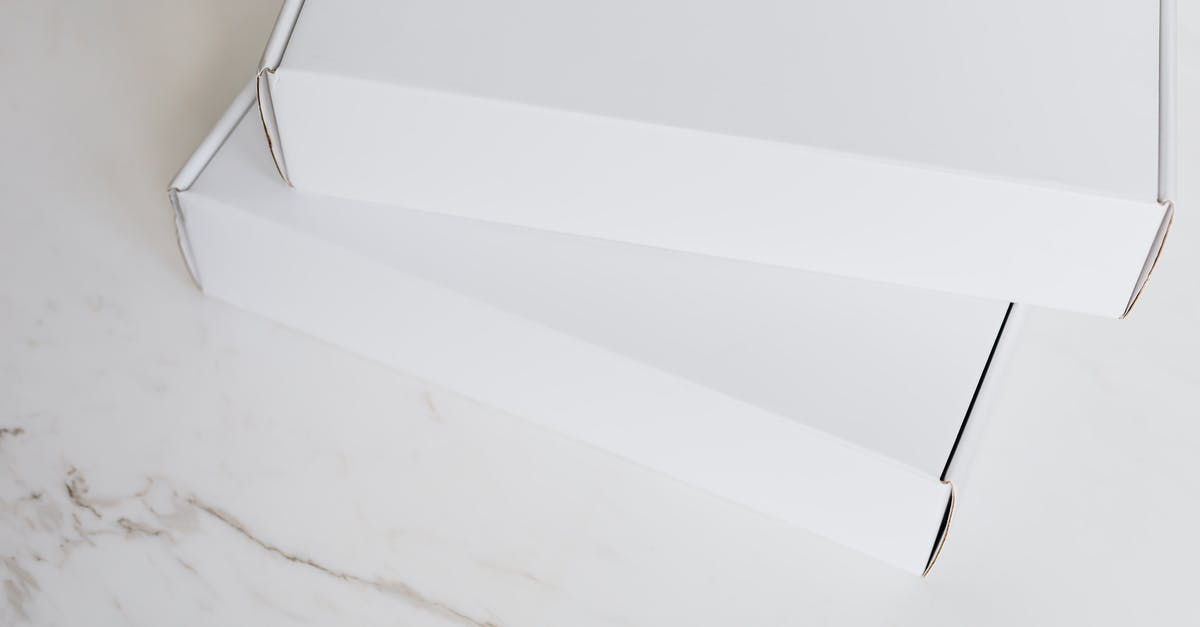What is that gooey stuff from okra?

When cooking okra in a bit of water, the water becomes gooey. What does the okra release that makes the water slimy? Would the goo have other culinary uses (as an additive to thicken sauces or improve the texture of ice-creams)?
Best Answer
The slime is called mucilage. It is around the seeds on the inside of the pod. It is made of protein and carbohydrates including fiber.
The mucilage is (as you alluded in your question) used for thickening gumbos and similar stews. Besides this, I've only ever seen it referred to as an annoyance and avoided by leaving the pod whole or dry cooking like frying.
I imagine there could be some creative halloween uses of mucilage but those would be off topic for this site. :)
EDIT
I was embarrassed that this answer was the accepted answer. I don't like answers that are (as mine was) "no that isn't possible because I've never heard of it." I was hoping someone else would shatter my world with some amazing new use of okra slime.
My curiosity piqued I used some of my copious free time while code compiled to do some more research.
I was able to find a couple of non traditional okra recipes that seemed interesting- such as candied okra slices or using the seeds from pickled okra as a caviar-like dish. But none of them took advantage of the mucilage- they all avoided it.
Carbohydrate based mucilage is used in ice cream and for other reasons. I found the following study about food health that did experiments with replacing milk fat with specifically okra mucilage (they refer to it as "okra gum")
Okra gum is acceptable milk-fat ingredient substitute in dessert
Two pertinent quotes:
"Although not currently produced by food manufacturers, previous studies produced fat-free chocolate bar cookies with acceptable sensory characteristics using okra gum as a fat ingredient substitute."
"Specifically, color and smell of frozen dairy desserts containing okra gum replacement for milk fat did not significantly differ from the control product. Texture, flavor, aftertaste, and overall acceptability ratings also averaged five or higher (neutral to like) for all products."
The study was about replacing milk fat where I think it would be more interesting as an enhancer as you asked in your question.
It seems perfectly reasonable that okra mucilage could find a place in more modern recipes.
But I couldn't find anyone doing it.
Pictures about "What is that gooey stuff from okra?"



Quick Answer about "What is that gooey stuff from okra?"
Okra pods are known as “mucilaginous,” which results in a slimy or gooey mouthfeel when cooked. This “mucilage” or slime contains soluble fiber that we can digest. Some folks enjoy this texture, while others try to mask the slippery nature of the pods.Is the slimy stuff in okra good for you?
The slime okra is known for is called mucilage, and it's actually good for you. Okra's high fiber and mucilage content are ideal for helping with digestion. Cooking okra slowly on low heat will bring out maximum mucilage.Why is okra gelatinous?
Those bright green pods, that look so distinctive at the market, can easily turn brownish and gooey when they're cooked. Why? The plant (a member of the Mallow family) actually secrets a gummy (or gelatinous) substance, called mucilage, when it's sliced open.Is okra supposed to be slimy when cut?
The liquid that makes okra feel slimy comes out when you cut the okra so try to limit how much you cut the vegetable. Okra can be cooked whole; just cut or pull off the stems. If you are going to cook them whole, try to buy smaller pods. If you do need to cut the okra, cut it into big chunks rather than thin slices.How do you remove slime from okra after cooking?
5 ways you can easily remove slime from okraMore answers regarding what is that gooey stuff from okra?
Answer 2
While researching okra for an article (I'm a freelance writer) I came across this page by seridipity and thought I'd share what I've found (so far) in my quest: The mucilage in okra is a desired trait in West African (and, by extension, Brazilian, Caribbean and southeastern U.S.) cuisine. Baobab leaves also produce mucilage when cooked. It is used as a thickening agent in soups, stews and some stuffed okra pod dishes (also in South and Southeast Asia).
The only other use I've found is as a hair conditioner, which is a traditional Indian treatment that has become into some use in the United States.
There's some investigation into using it industrially as a low-friction lubricant.
Bryan Johnson
Answer 3
I am experimenting with using okra goo as an organic "sticker" or adhesive, used to hold the inoculate on pea seeds.
I boil the sliced okra, cool it, then strain to get the goo.
Sources: Stack Exchange - This article follows the attribution requirements of Stack Exchange and is licensed under CC BY-SA 3.0.
Images: Karolina Grabowska, Monstera, cottonbro, cottonbro
